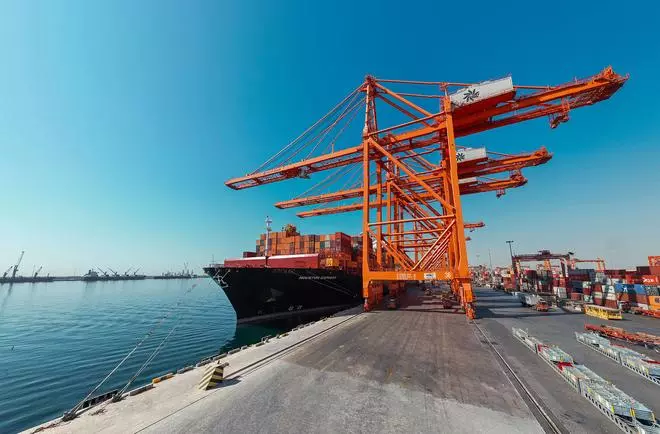Edit Content
Trending






As the severity of climate change and carbon emissions becomes a global concern, technologies to convert carbon dioxide (CO2) into resources such as chemical fuels and compounds are urgently needed. Dr. Dahee Park’s research team from the Nano Materials Research Division at the Korea Institute of Materials Science (KIMS), has collaborated with Professor Jeong-Young Park’s team from the Department of Chemistry at KAIST to develop a catalyst technology that significantly enhances the efficiency of carbon dioxide (CO2) conversion.
The paper is published in the journal Applied Catalysis B: Environment and Energy.
Conventional carbon dioxide (CO2) conversion technologies have faced challenges in commercialization due to their low efficiency relative to high energy consumption. In particular, single-atom catalysts (SACs) suffer from complex synthesis processes and difficulties in maintaining stable bonding with metal oxide supports, which are crucial for stabilizing catalyst particles and enhancing durability. As a result, the performance of these catalysts has been limited.
To overcome these limitations, the research team developed single- and dual-single-atom catalyst (DSAC) technologies and introduced a simplified process to enhance catalyst efficiency. This achievement utilizes electronic interactions between metals in the dual-single-atom catalysts (DSACs), achieving higher conversion rates and excellent selectivity (the ability of a catalyst to direct the production of desired products) compared to existing technologies.
This technology involves a catalyst design approach that precisely controls oxygen vacancies and defect structures within metal oxide supports, significantly enhancing the efficiency and selectivity of carbon dioxide (CO2) conversion reactions. Oxygen vacancies facilitate the adsorption of CO2 on the catalyst surface, while single and dual-single-atom catalysts assist in the adsorption of hydrogen (H2).
The combined action of oxygen vacancies, single atoms, and dual-single atoms enables the effective conversion of CO2 with H2 into desired compounds. Notably, dual-single-atom catalysts (DSACs) utilize electronic interactions between two metal atoms to actively regulate the reaction pathway and maximize efficiency.
The research team applied the aerosol-assisted spray pyrolysis method to synthesize catalysts through a simplified process, also demonstrating its potential for mass production. This process involves transforming liquid materials into aerosols (fine mist-like particles) and introducing them into a heated chamber, where the catalyst is formed without the need for complex intermediate steps. This method enables the uniform dispersion of metal atoms within the metal oxide support and precise control of defect structures.
By precisely controlling these defect structures, the team was able to stably form single- and dual-single-atom catalysts (DSACs). Leveraging DSACs, they reduced the use of single-atom catalysts by approximately 50% while achieving over twice the CO2 conversion efficiency compared to conventional methods and an exceptionally high selectivity of over 99%.
This technology can be applied across various fields, including chemical fuel synthesis, hydrogen production, and the clean energy industry. Furthermore, the simplicity and high production efficiency of the catalyst synthesis method (aerosol-assisted spray pyrolysis) make it highly promising for commercialization.
Dr. Dahee Park, the lead researcher, stated, “This technology represents a significant achievement in drastically improving the performance of CO2 conversion catalysts while enabling commercialization through a simplified process. It is expected to serve as a core technology for achieving carbon neutrality.”
Professor Jeong-Young Park from KAIST added, “This research provides a relatively simple method for synthesizing a new type of single-atom catalyst that can be used in various chemical reactions. It also offers a crucial foundation for the development of CO2 decomposition and utilization catalysts, which is one of the most urgent research areas for addressing global warming caused by greenhouse gases.”
More information: Dahee Park et al, Insights into the synergy effect in dual single-atom catalysts on defective CeO2 under CO2 hydrogenation, Applied Catalysis B: Environment and Energy (2024). DOI: 10.1016/j.apcatb.2024.124987
Citation: Catalyst system enhances CO₂ conversion efficiency for clean energy (2025, February 21) retrieved 22 February 2025 from https://phys.org/news/2025-02-catalyst-conversion-efficiency-energy.html
This document is subject to copyright. Apart from any fair dealing for the purpose of private study or research, no part may be reproduced without the written permission. The content is provided for information purposes only.
©2024. Livebuzznews. All Rights Reserved.